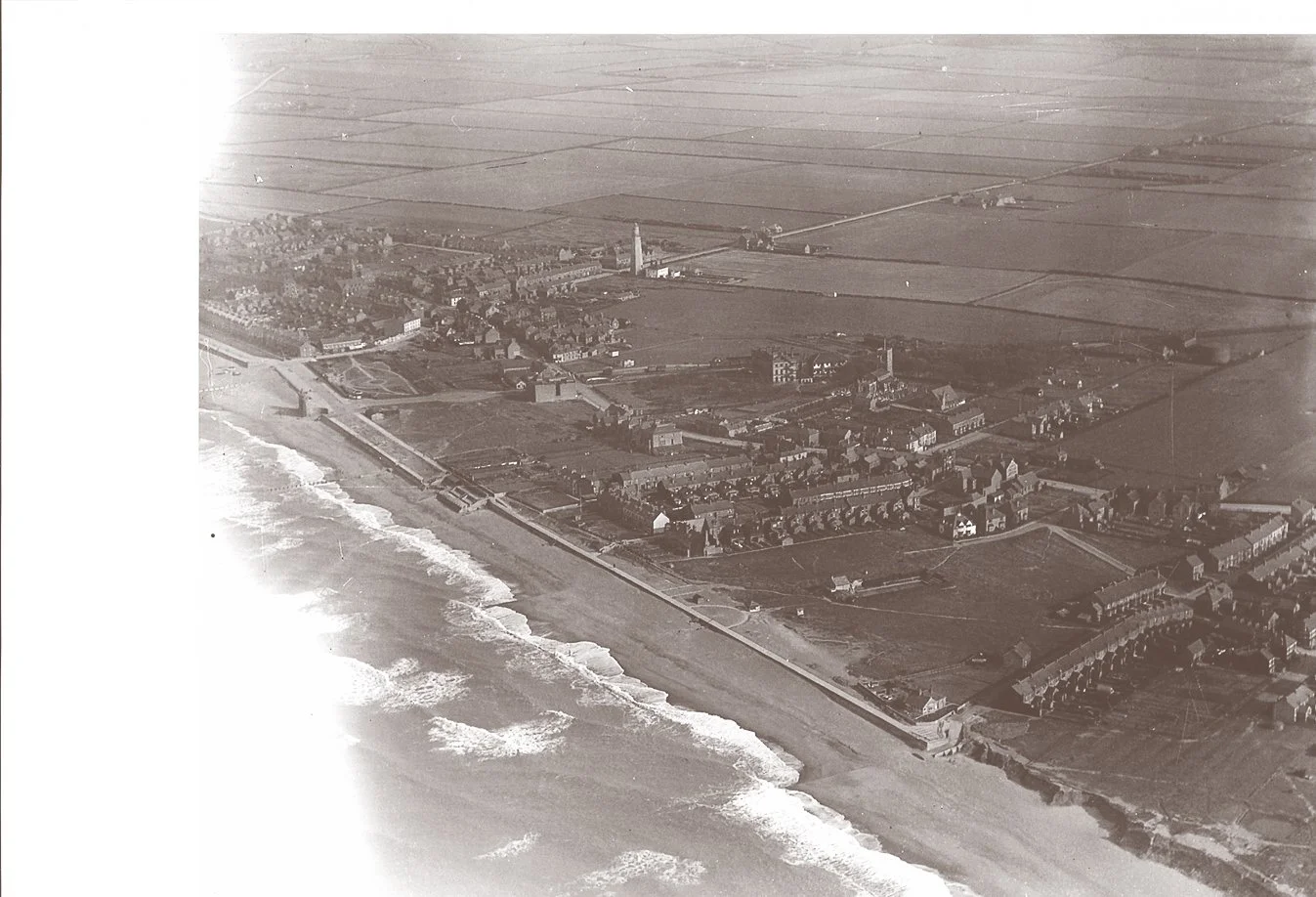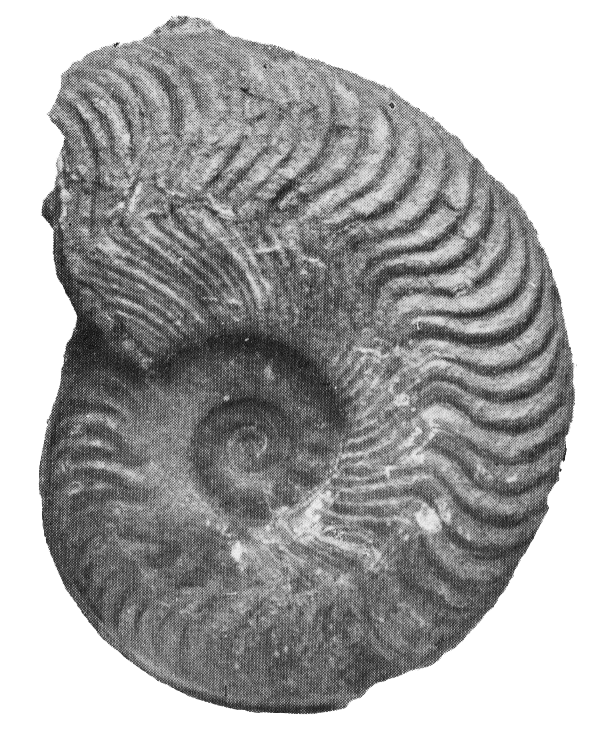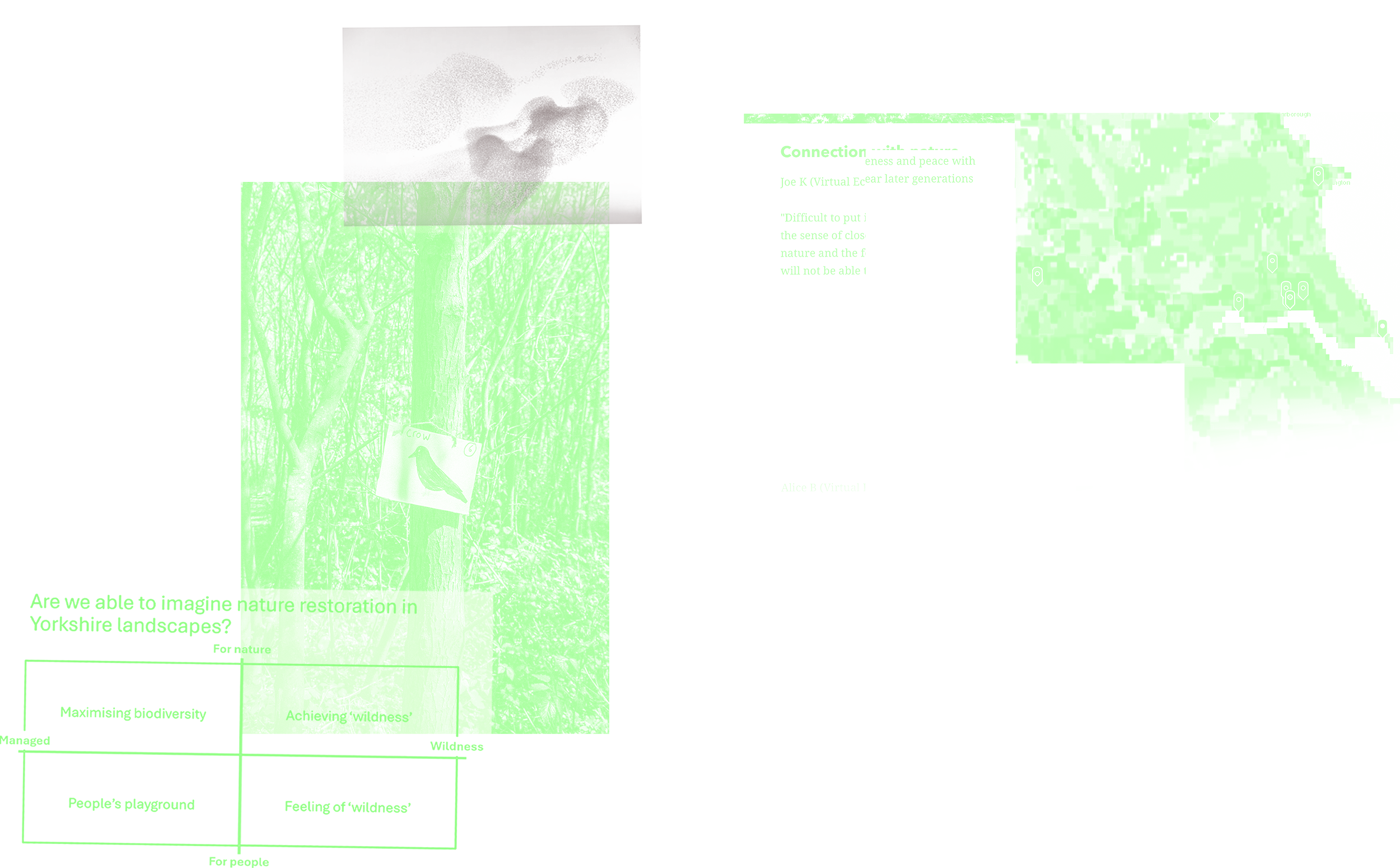‘Spurn Head encapsulates so many memories, from the prehistoric - encapsulated in rocks, fossils & shapes; through to relatively modern - expressed through the various human endeavours to defend the realm and, more recently, the landscape. Those who study the physical imprints of these memories can chart some of the creatures involved and their motivations. But the overarching memory of this landscape is of an ever-changing and uncontrollable mash-up.’
‘I remember sitting on a grassy bank at Waudby Green and that being used for sledging in snowy weather. This is now a ploughed field with the focus on the adjacent wood which is now known as Nutwood. This seems to have expanded in size and is a popular destination for walkers. There used to be many bluebells in this wood which are now very sparse, with wild garlic being more prolific.’
‘Foraging along a green lane for hazelnuts. There seemed to be hundreds.’
‘There is a phenomena of light in this area because it is so flat. The rising sun can become trapped between the sea and low clouds causing a beam of light to dance across the landscape.’
‘Reeds are tall and pale yellow.
The boats which go past look as though they float above them.
A church with a rectangular spire sits above the reeds in the distance.
The sky is pale blue.
Water dances.’
Virtual Ecologies Tracing Layers workshop at Bempton Cliffs, with my son, and a wet weather forecast. But it was mild, calm and sunny. There to find out why I was there. What might materialise. The chalk cliffs - already a connection. Standing on a cliff, once the bottom of the sea. A cliff created from things living above, dying, descending, compressed, reformed, and lifted upwards. And I’m there, standing on the top. My bones, made from calcium, just like the cliffs, just like the calcium tablet I’d taken that morning. Just like the eggs sitting on the table in the workspace. The cyclical, the rebirth - birds arriving from distant lands to lay eggs, to recreate. Egg shells, hardened by calcium sourced from the sea, just like the cliffs. And I'm there, on the cliffs, with my offspring.
‘I remember the rapeseed fields and corn fields by my grandad's house - I remember walking with him through no right of way land - we would go through and he would teach me how to beat back the rapeseeed to make a path.’
‘I live in the countryside and one of my favourite things to do is look at the nature around me. On a night, I love to see animals such as deers and hedgehogs, sometimes even foxes - but my favourite are the moon-gazing hares. They sit and stare at the moon in groups.’
‘When I was very little, I lived near Oxford, and my parents would drive me to a smooth grassy dry valley with a stone bridge, which my mum told me was called "Sheep Bridge Bottom". As I ran up and down the grassy slopes, my mum would explain how it was special because it had a roman road running through it. The stony track making it's way along the valley just above the flood plain didn't look very special to me. She told me how thousands of years before, it was a road, and roman soldiers had marched along it. It seemed a very long time ago, but then, so did last week.’
‘Driving over the Humber Bridge from Barton, in glorious sunshine that creates a metallic shimmer, while mist lingers over Hull to the east.’
‘I remember going to East Park a lot as a child. We would walk around the perimeter of the animal enclosure, listening to the sounds. We spent many an afternoon there as a family, usually ending with an ice cream.’
‘As a child, our immediate family used to go to my brother-in-law's small-holding in the country. Us children ran riot in the fields and lanes. There were masses of wildflowers. One weekend we were told about the ditches being scraped out and dredged. There were violets growing there so we dug some up and took them home. Their descendents still live in my current garden.’
My immediate memory is that of the two Victorian farmsteads which flanked where I live, and have both been lost to the sea, a fate that awaits my home too. To the south, Cliff House Farm in Holmpton was the home of two elderly spinster sisters, the Miss's Walker. I visited the house a number of times, we sang Christmas carols at their door with local children, and as it gradually became unsafe, I watched large parts of barns and the house slowly slip down the cliff. What was remarkable was that inside the house remained a time capsule, a Belfast sink was the only furniture in a large kitchen painted dark green. Outside, there was a circular brick structure which was the donkey walk. A patient plodding donkey would have been used to grind corn. And no one thought any of it worth saving.
To the north is Intact Farm, but not the original red brick built house and buildings I almost bought before settling in Nevills Farm. Dr Armitage lived there, tending his dairy cattle as well as he tended his patients no doubt.
Dr Armitage sold up and Mr Rial moved in. Hugely accelerated erosion rates followed the installation of a granite blockade, a hard point, to protect the sea wall at Withernsea and sadly the original Intact Farm house and buildings were, over a number of years, lost over the cliff. The current Intack house was rebuilt close to road, literally brick by brick by the Rial family. Whilst a large imposing house, it has none of the Victorian charm of it's predecessor, and it is not in my line of sight anymore when I walk the cliff top. I feel exposed, knowing my two sentries have gone, and their fate will soon be mine.
‘The introduction of larger agricultural vehicles has changed the landscape greatly. Smaller fields have been merged into far larger ones. Hedgerows have disappeared and trees have been felled - especially elms because of disease. Whole fields have disappeared into the North Sea. Erosion has increased signficantly over the last 10 years. The tidal surge in 2013 caused a lot of damage in Welwick parish. Whole sections of the 1953 tidal banks were swept away causing the environment agency to start building a re-alignment scheme - pulling back the banks to the 5 metre contour line.’
‘I frequently visit the Yorkshire coast as I’m an amateur fossil hunter and I have observed many changes along the coast, especially with the yearly influx of tourists visiting the towns when it’s warm and then the fossil hunters all whenever the weather - that shift from the town as a hotspot to then being absent of tourists is quite interesting. I visit whatever the weather is because fossils don’t wait for the sun. I see rockfalls and the cliffs retreating. I distinctively remember an outcrop of a layer of rock high up the cliff that gulls nested for years, but as of January this year, they disappeared as the cliff had collapsed and exposed a layer of plant fossils. The loss of a birds nest is the gain of a fossil hunter.
‘Learn to feel comfy in the complexity of things.’
‘Love what you have, where you live, protect where you can and enjoy it. Show children the wonder of a grass field, walk barefoot in the earth and sand, listen, look and do right.’
‘During our sessions for the project, I found it helpful to go with my gut. Sometimes you don't have to overthink it, just go with it and see what happens. Sometimes just exploring the process feels good enough and is time well spent.’
‘The coast is a place of value and gifts, respect the coast and its people then you will benefit from that coming from someone who lives a county over.’
‘I would pass forward a motivation rather than specific knowledge: I would urge visitors to explore & consider what the landscape & its inhabitants can tell us about the workings of this unique environment and the impact that it has had - and continues to have - on the living creatures that have inhabited and passed through it, and which continue to do so. Also to consider & challenge the motivation, impact & likely long-term effectiveness of recent & current human initiatives.’
‘Stop mowing the lawn and jet washing drives. Let nature grow and enter the space around houses. We will all benefit.’
‘We must ensure that we care for our environment and avoid actions that may have a negative impact on climate change. It is important to record the landscape as it changes for future generations.’
‘That by seeing myself as part of the eternal return, the cyclical movement of the finite, I feel connected and responsible, but also consoled that this is something far bigger than human life on earth and that we are a blip. And that I find comfort in the knowledge that I am made of the particles that have made other things before me, and will be the components of things that come after me - after I am returned.’
‘We are all responsible.’
‘Bees and birds and insects. There were times at school when all you could hear was bird song and the school field would be alive with bees dancing on the clover. Mini-beasts. I used to hunt for mini-beasts, turning rocks, lifting up logs and find tonnes of bugs. We still find them today just not in the numbers we had back when I was a child.’
‘I remember, when I was younger, hearing more owl calls in the village, specifically and quite often as I went to sleep. Now that I think about this, I wonder if as a child I knew those were definitely owls and not another bird. I do feel as if there are far fewer insects now than I remember there being 25 years ago, particularly when I would explore farmland and the villages in Holderness with my grandparents.’
‘Red squirrels. We used to have lots in the woods around our house but over the years I remember them slowly disappearing and being replaced. Bats seem to be less common too. I remember evenings always seemed to have many bats and owl calls and daytime had more songbirds too.’
‘Sticklebacks in ditches and foxes in the fields.’
‘Difficult to put into words, but the sense of closeness and peace with nature and the fear later generations will not be able to know this sense'.
‘I think weirdly I’m not even sure it’s something that’s diminished or if it’s just an imagined ‘it’s not like it used to be’. But what I think has diminished is wild space, by which I mean unkept nature. As a kid I was taken to Dalby Forest every year and what I absolutely loved about going was going into the forest and getting lost in this other world. It felt so disconnected going into there, in a nice way. And it was largely untouched and that felt like permission to play freely. I would follow streams to see where they lead and there wasn’t a danger of stepping into someone’s land or anything like that. I believe part of that area was taken over by Go Ape, so it’s become a sort of controlled wild space… that story of Go Ape moving in really stuck with me because of how much I loved going there because there was no ‘organised fun’.’
‘I’ve always lived in towns and have noticed how new household gardens are becoming functional tidy plastic grass areas. The change in how walking and moving from place to place are re-designed for quickness.’










